Psalms 60 Artwork
"O God, thou hast cast us off, thou hast scattered us, thou hast been displeased; O turn thyself to us again." - Psalms 60:1
Explore Psalms 60 through paintings, pictures, drawings, digital art, illustrations, wallpapers, photos, prints & more.

Psalms 60:12 - "Through God we shall do valiantly: for he it is that shall tread down our enemies."

Psalms 119:60 - "I made haste, and delayed not to keep thy commandments."

Psalms 60:11 - "Give us help from trouble: for vain is the help of man."

Psalms 60:5 - "That thy beloved may be delivered; save with thy right hand, and hear me."

Psalms 60:9 - "Who will bring me into the strong city? who will lead me into Edom?"

Psalms 78:60 - "So that he forsook the tabernacle of Shiloh, the tent which he placed among men;"

Psalms 60:2 - "Thou hast made the earth to tremble; thou hast broken it: heal the breaches thereof; for it shaketh."

Psalms 60:7 - "Gilead is mine, and Manasseh is mine; Ephraim also is the strength of mine head; Judah is my lawgiver;"

Psalms 60:4 - "Thou hast given a banner to them that fear thee, that it may be displayed because of the truth. Selah."

Psalms 60:6 - "God hath spoken in his holiness; I will rejoice, I will divide Shechem, and mete out the valley of Succoth."

Psalms 60:3 - "Thou hast shewed thy people hard things: thou hast made us to drink the wine of astonishment."

Psalms 60:8 - "Moab is my washpot; over Edom will I cast out my shoe: Philistia, triumph thou because of me."
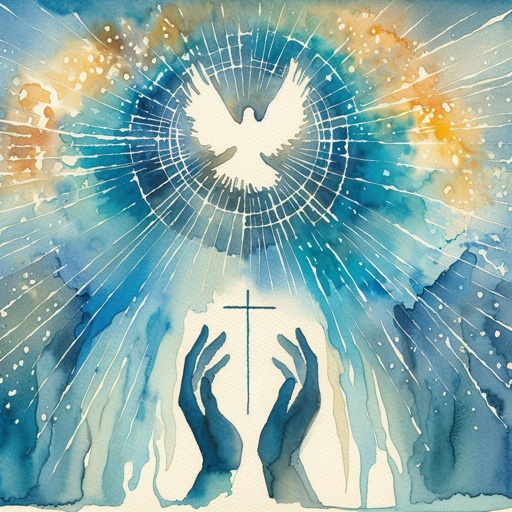
Psalms 145

Psalms 60:10 - "Wilt not thou, O God, which hadst cast us off? and thou, O God, which didst not go out with our armies?"
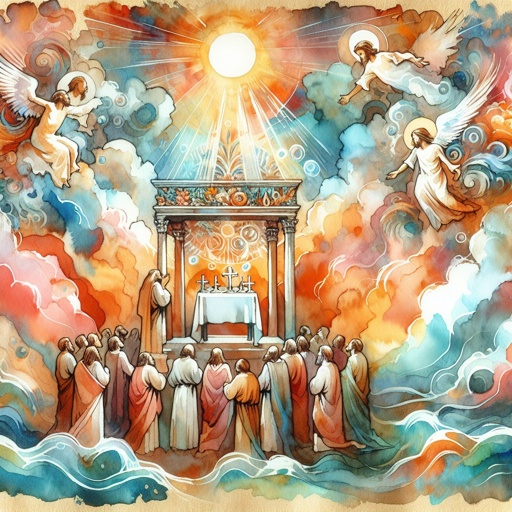
Psalms 145
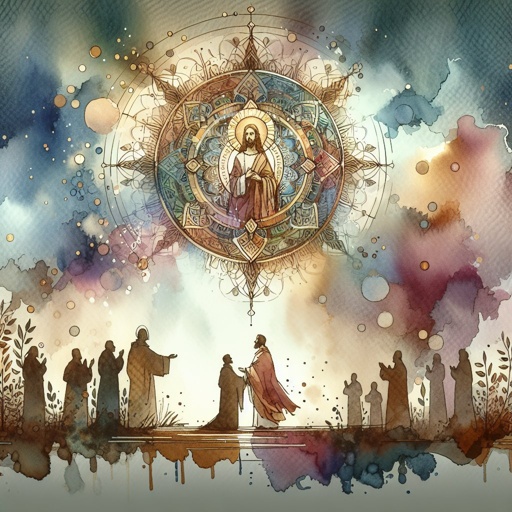
Psalms 145

Psalms 60:1 - "O God, thou hast cast us off, thou hast scattered us, thou hast been displeased; O turn thyself to us again."
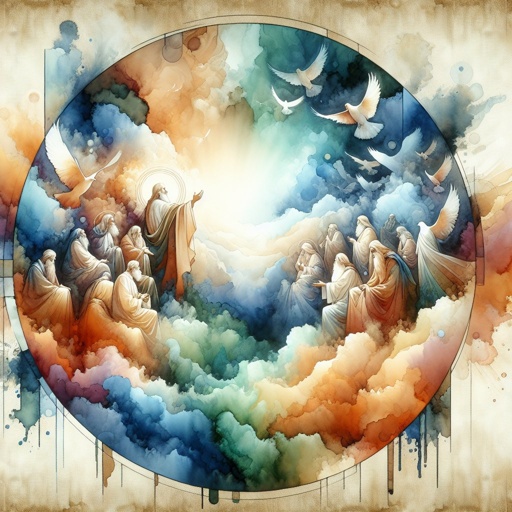
Psalms 145

Psalms 107:9

Psalms 145

isaiah 60:6

Psalms 98:5 - "Sing unto the LORD with the harp; with the harp, and the voice of a psalm."

Psalms 81:2 - "Take a psalm, and bring hither the timbrel, the pleasant harp with the psaltery."
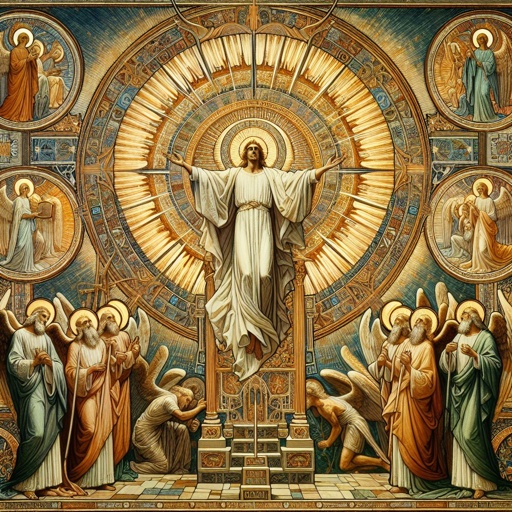
Psalms 111:3 - "His work is honourable and glorious: and his righteousness endureth for ever."

Psalms 49:8 - "(For the redemption of their soul is precious, and it ceaseth for ever:)"
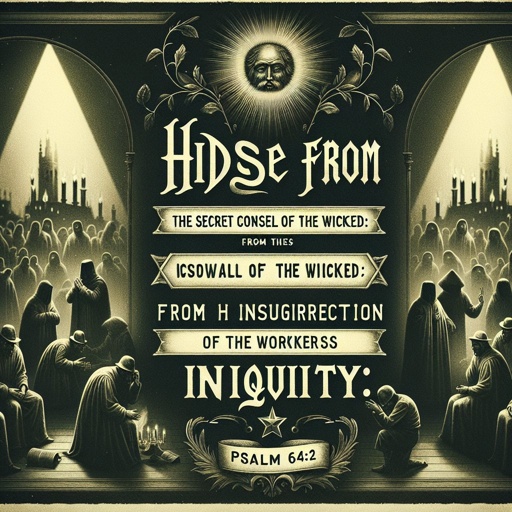
Psalms 64:2 - "Hide me from the secret counsel of the wicked; from the insurrection of the workers of iniquity:"

Psalms 17:5 - "Hold up my goings in thy paths, that my footsteps slip not."

Psalms 105:35 - "And did eat up all the herbs in their land, and devoured the fruit of their ground."
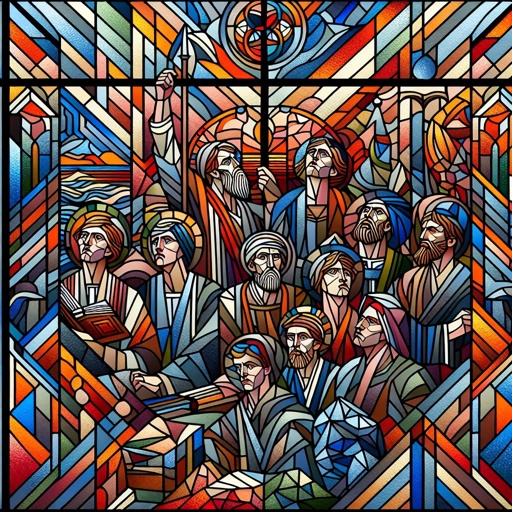
Psalms 115:2 - "Wherefore should the heathen say, Where is now their God?"
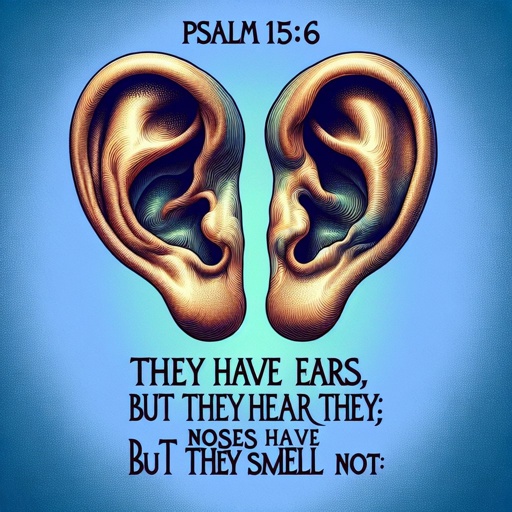
Psalms 115:6 - "They have ears, but they hear not: noses have they, but they smell not:"